Protect Our Pollinators
Join National Geographic Society as we invest in Explorers
working to protect bees and Earth’s crucial pollinators
What we're doing
The National Geographic Society is making a meaningful impact against a key threat to biodiversity: the decline of pollinators. With the help of supporters like Bumble, we are engaging Explorers in science, education, and storytelling around the pollinator crisis, with an emphasis on bee species, to advance scientific research and increase public awareness around the importance of pollination.
Over the last ten years, National Geographic has funded more than 100 projects on pollination totalling more than $2.4 million.
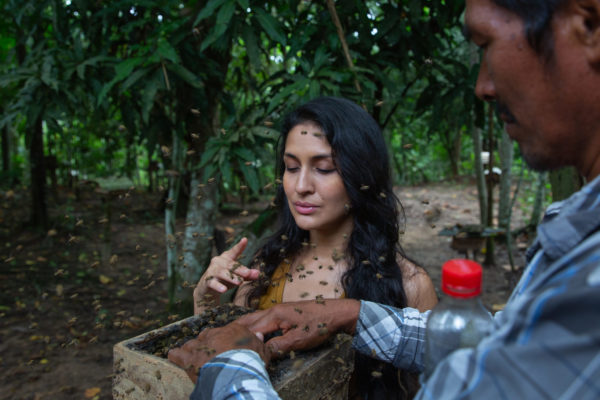
National Geographic Explorers are out in the field researching and monitoring wild pollinator populations in the face of global change.
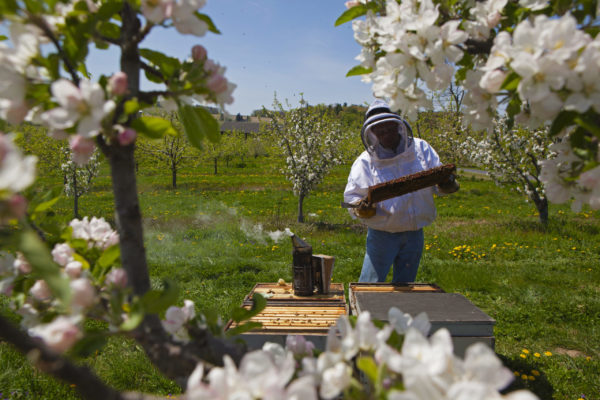
Much of our efforts are focused on understanding how bees have an impact on nutrition, agriculture, livelihoods, and food security.
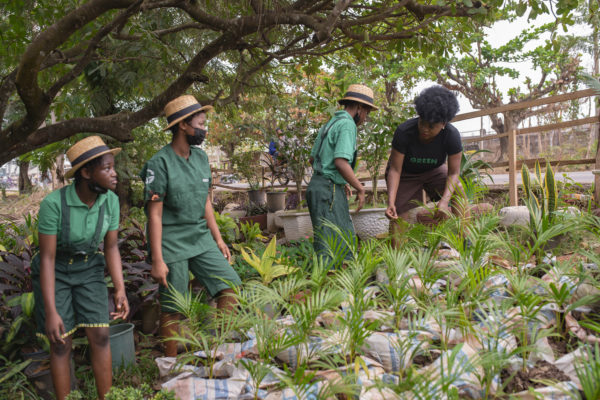
We are also committed to engaging youth, students, and non-scientific audiences in biodiversity and the importance of pollinators.

Bumble is a proud supporter of National Geographic Society’s work to protect crucial pollinator species like bees and invest in researchers, and in particular women, gender non-conforming and/or underrepresented researchers leading the way in scientific research. Together, we'll create ways for underrepresented individuals to further explore the importance of pollinators to our ecosystem.
Did you know?
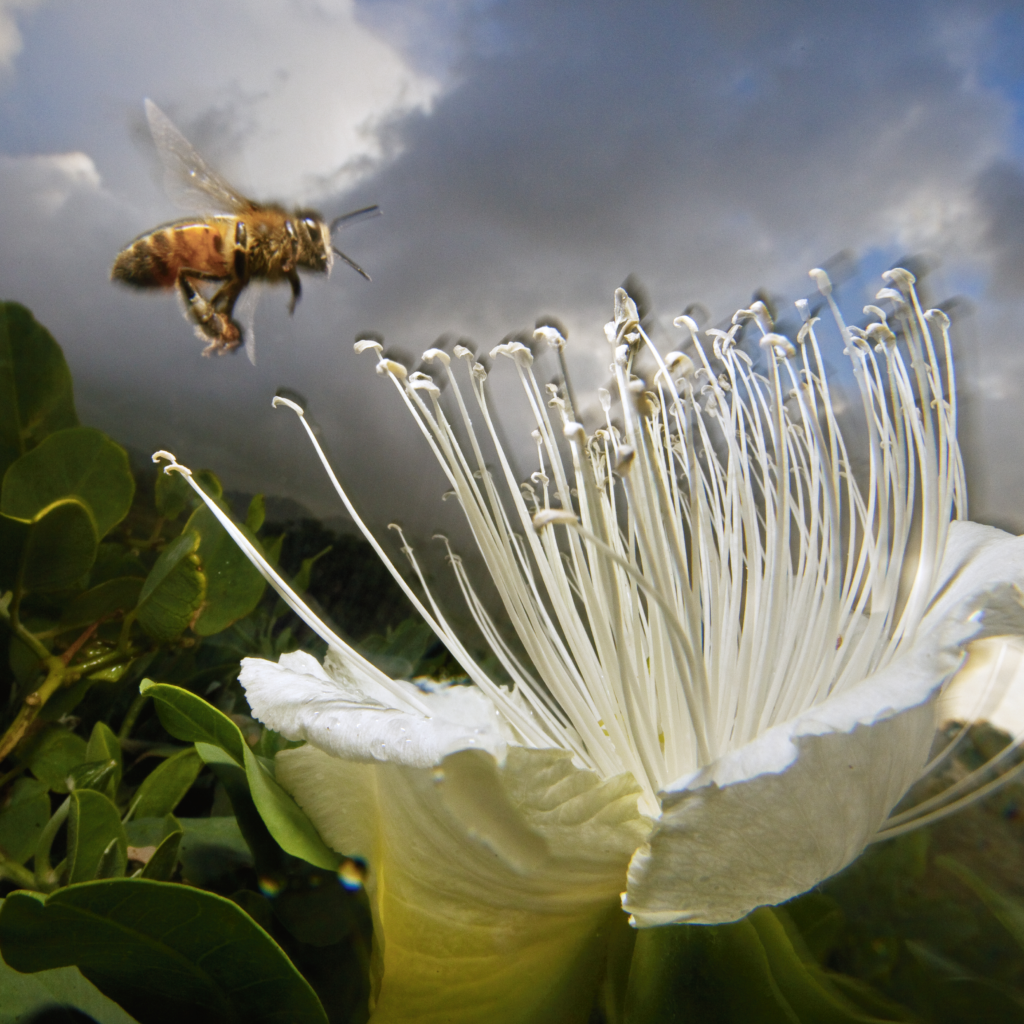
Pollination is a critical ecological function that has driven the diversification of plants for more than 100 million years.
This mutualism is vital today for supporting both natural ecosystems and human food security. By facilitating plant reproduction, animals (bees, butterflies, flies, birds, and bats) pollinate almost 90 percent of the world's wild plant species, and more than 75 percent of global food crop. Without pollinators like bees, foods like fruits and vegetables as well as some of humanity’s most important cash crops—like coffee, almonds, and cacao—would likely go extinct.
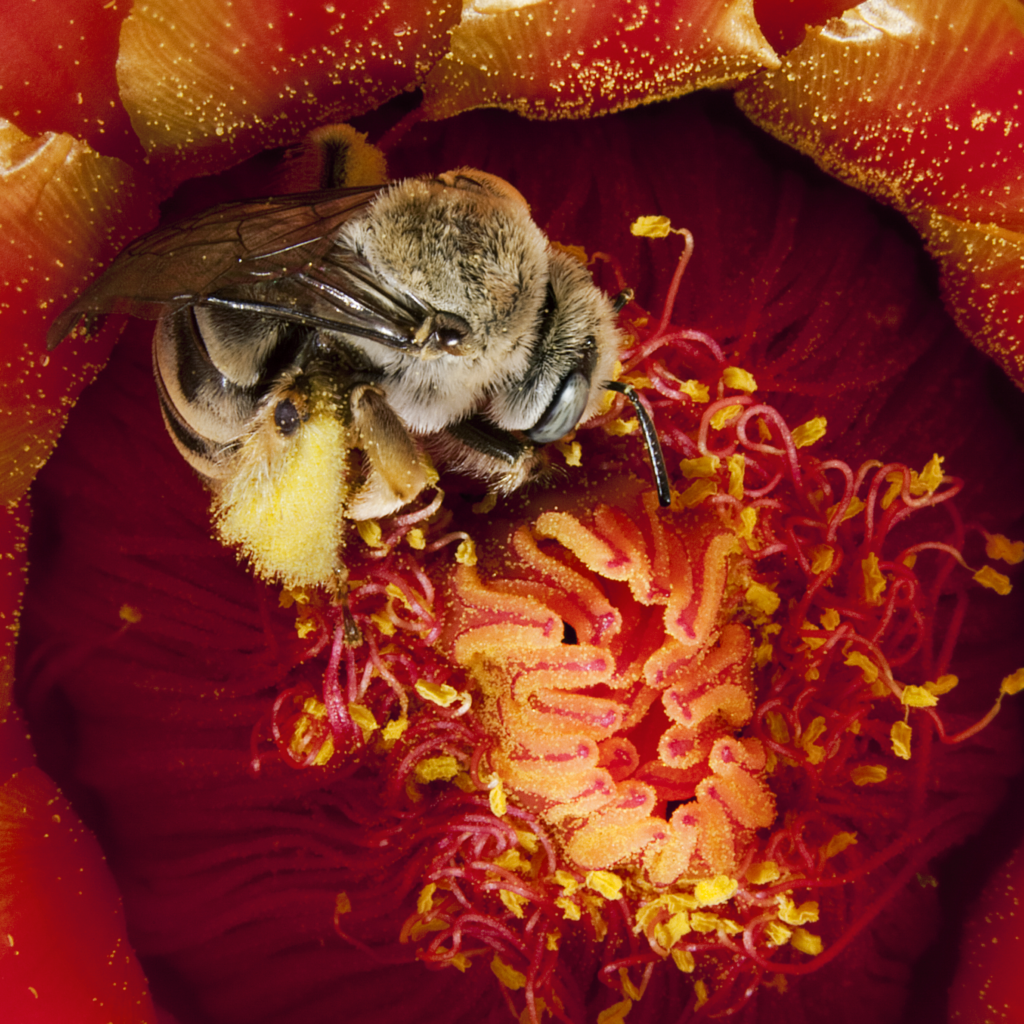
While more than 20,000 species of birds, bats, and insects pollinate these crops, the thousands of bee species are the single most important group of pollinators for our food crops.
Bees are also the predominant pollinators of most plants in natural ecosystems, and are often the most frequent visitors of flowers. Tropical ecosystems are home to perhaps 220,000 of the world’s flowering plant species - bees may pollinate or visit 50 percent of these flowers.
Addressing the decline in pollinators
There has been growing interest in wild and managed pollinators, motivated partly by concerns about the global decline of pollinator abundance and diversity, as well as the impact of human activities on plant-pollinator networks and ecosystem function. Threats to pollination networks include land use modification, pesticides and pollution, climate change, invasive species, and declines of insect, mammal, and bird pollinator species. Yet despite worldwide interest in pollination, we know very little about some of the key pollinators, their population trends, migratory patterns, and roles in maintaining the integrity of natural communities.
We know even less about pollinators living in the tropics. Understanding and preserving pollinator biodiversity—bees in particular—is a major and urgent challenge. Investment in pollinator research and conservation is needed particularly in the tropical regions of the Americas, Africa, and Asia.
Meet the Explorers making a difference
National Geographic Explorers are doing important work to address the decline in pollination which poses a critical threat to our planet’s vital ecosystems and humanity’s food sources. You can learn about some of the impactful projects led by Bumble grantees Asma Akter and Marina Arbetman and other women Explorers who are leading across the globe to protect pollinators.
How you can help
Preserve local ecosystems
One way you can help save the bees this summer is by welcoming pollinators to your yard. If you have a yard or know a friend or family member who has one, then you can participate in “No Mow May,” a month-long challenge to opt out of mowing your lawn and preserve local ecosystems. And this doesn’t have to stop in May, you can help save bees all season long.
This small step will go a long way towards allowing pollinators to do their job. Natural lawn growth provides the perfect environment for bees to pollinate and weeds like dandelions are one of the most important food sources for bees.
Check out this article to learn more ways to support bees and other pollinators at home.
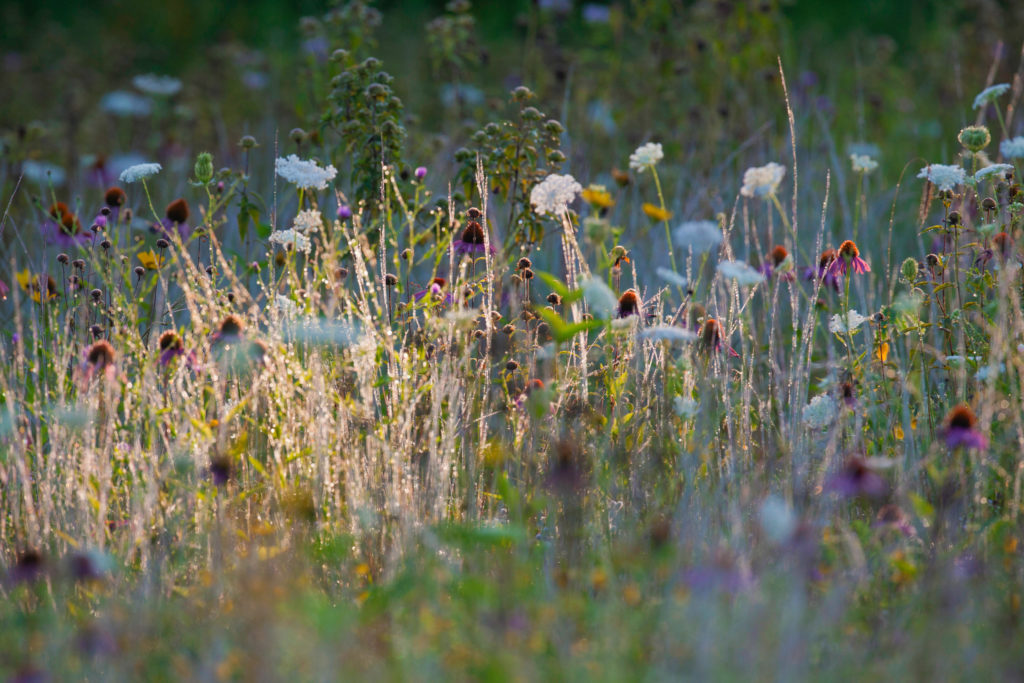
Photo Credits from top of page, left to right (excluding Explorer headshots): Amy Toensing, Ana Elisa Sotelo, Amy Toensing, Foluke V. Arijeniwa, Anand Varma (2), Mark W. Moffett (2), Anand Varma, Amy Toensing
Bawa, K. “Decline of pollinators threatens food supply.” The Hindu. 2016. https://www.thehindu.com/opinion/columns/Decline-of-pollinators-threatens-food-supply/article14181840.ece.
Bawa, Kamal. personal communication, January 26, 2022.
Brown M.F., Dicks, L.V, Paxton, R.J., Baldock, K.R., Barron, A.B., Chauzat, M., Freitas, B.M., Goulson, D., Jepsen, S., Kremen, C., Li, J., Neumann, P., Pattemore, D.E., Potts, S.G., Schweiger, O., Seymour, C.L., Stout, J.C. “A horizon scan of future threats and opportunities for pollinators and pollination.” PeerJ 4:e2249 (2016) https://doi.org/10.7717/peerj.2249.
S. Díaz, J. Settele, E. S. Brondízio E.S., H. T. Ngo, M. Guèze, J. Agard, A. Arneth, P. Balvanera, K. A. Brauman, S. H. M. Butchart, K. M. A. Chan, L. A. Garibaldi, K. Ichii, J. Liu, S. M. Subramanian, G. F. Midgley, P. Miloslavich, Z. Molnár, D. Obura, A. Pfaff, S. Polasky, A. Purvis, J. Razzaque, B. Reyers, R. Roy Chowdhury, Y. J. Shin, I. J. Visseren-Hamakers, K. J. Willis, and C. N. Zayas (eds.). “Summary for policymakers of the global assessment report on biodiversity and ecosystem services of the Intergovernmental Science-Policy Platform on Biodiversity and Ecosystem Services.” IPBES secretariat 56, (2019) https://ipbes.net/sites/default/files/inline/files/ipbes_global_assessment_report_summary_for_policymakers.pdf.
National Academies of Sciences, Engineering, and Medicine. 2022. “Biodiversity at Risk: Today’s Choices Matter.” (2022) https://doi.org/10.17226/26384.
Nicolson, S.W., Wright G.A. “Plant–pollinator interactions and threats to pollination: perspectives from the flower to the landscape.” Functional Ecology 31, (2017): 22-25. https://doi.org/10.1111/1365-2435.12810.
Ollerton J. “Pollinator diversity: distribution, ecological function, and conservation.” Annual Review of Ecology, Evolution, and Systematics 48 (2017): 353-376. https://www.annualreviews.org/doi/abs/10.1146/annurev-ecolsys-110316-022919.
Sanchez-Bayo, F., Wyckhuys K.A. “Worldwide decline of the entomofauna: A review of its drivers.” Biological conservation 232 (2019): 8-27. https://insect-respect.org/fileadmin/images/insect-respect.org/Rueckgang_der_Insekten/2019_Sanchez-Bayo_Wyckhuys_Worldwide_decline_of_the_entomofauna_A_review_of_its_drivers.pdf.
Wagner, D.L, Grames, E.M., Forister, M.L., Berenbaum, M.R., and Stopak, D. “Insect decline in the Anthropocene: Death by a thousand cuts.” Proceedings of the National Academy of Sciences 118 (2) (2018) e2023989118; DOI: 10.1073/pnas.2023989118. https://www.pnas.org/content/118/2/e2023989118
Winfree R., Bartomeus I., and Cariveau D.P. “Native Pollinators in Anthropogenic Habitats.” Annual Review of Ecology, Evolution, and Systematics 42:1 (2011): 1-22. https://www.annualreviews.org/doi/abs/10.1146/annurev-ecolsys-102710-145042.